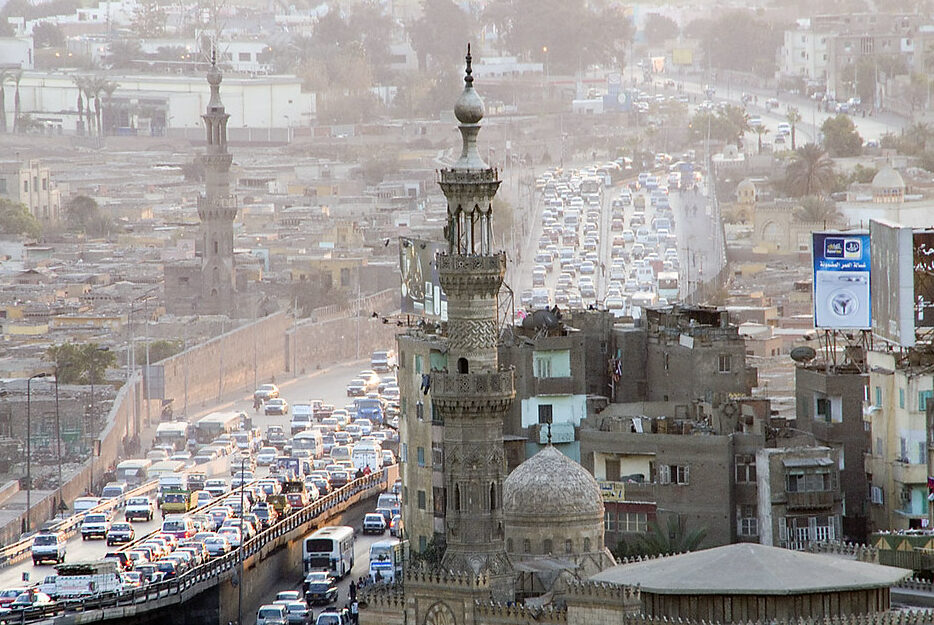
Although water covers about 70% of the Earth’s surface, there isn’t as much drinking water as you might think. Only 3% of the world’s water is fresh. More than one billion people don’t have access to safe water. A 2014 survey of the 500 largest cities around the globe found that one in four is experiencing “water stress.” Today, we’ll look at 15 cities with the highest risk of running out of water.
Cape Town, South Africa
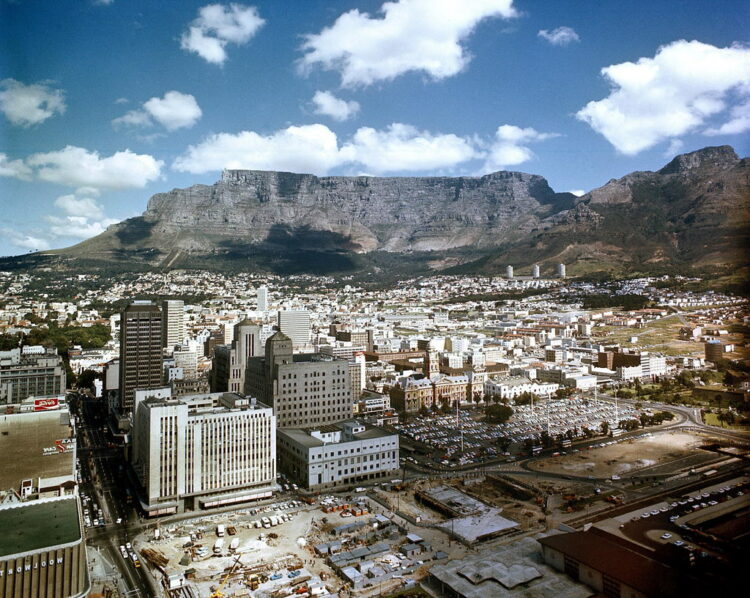
Cape Town’s water crisis grabbed attention in 2017 and 2018 when dam levels in the Western Cape region got dangerously low, nearly hitting 13.5%. Cape Town managed to dodge the worst, thanks to some serious water-saving efforts and a bit of luck with more rain. However, the city isn’t out of the woods yet—dam levels are still only about 50%, which is below what they were before the drought.
(Based on a report by Frontiers)
São Paulo, Brazil
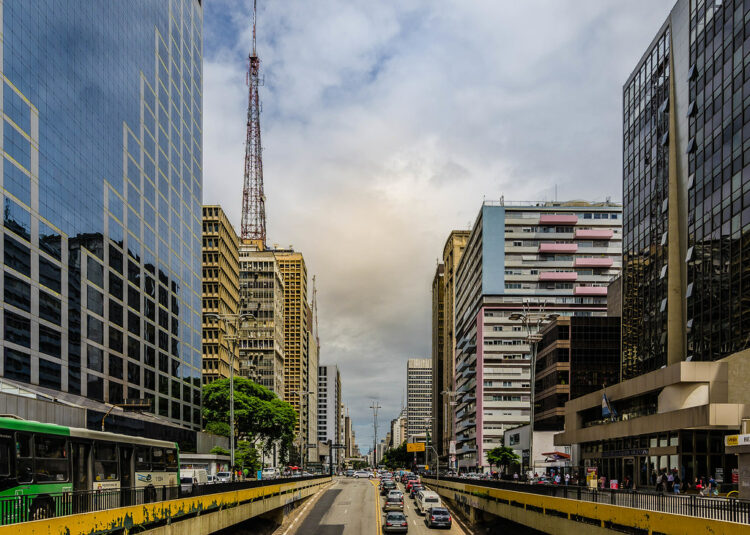
Back in 2014, São Paulo almost ran out of water. Schools were closing, crops were drying up, and the reservoirs that served the city and its 22 million people were down to just 5%. It was the worst drought the region had seen in 80 years. Then, in 2018, another dry season got people worried about another possible water crisis. With temperatures rising, Brazil is set to see more extremes in the years ahead.
(Based on a report by World Resource Institute)
Bangalore, India
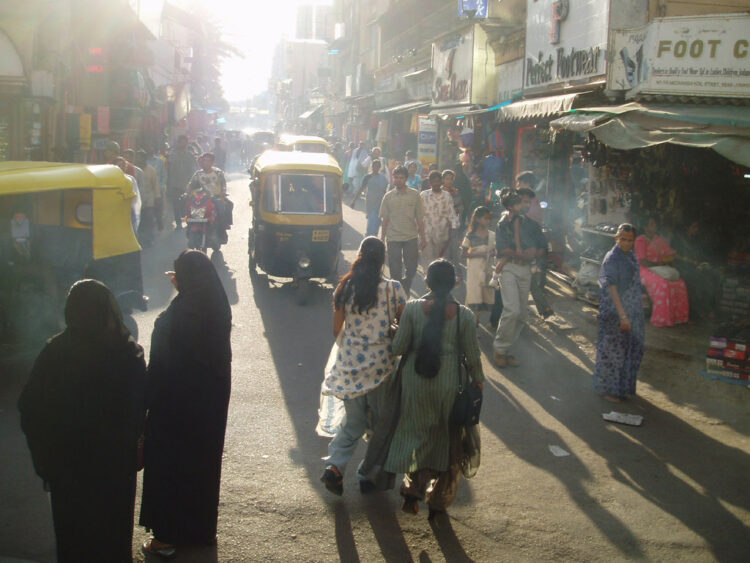
Since February 2024, Bangalore has been dealing with its worst drinking water crisis ever. The water shortage has hit everyone—from residents and schools to hospitals, offices, and housing societies—and they are all struggling with not having enough water to meet demand. The city needs about 2,600 million liters of water daily. Of this, around 1,450 million liters come from the Cauvery River and 650 million liters from groundwater, leaving a shortfall of about 500 million liters every day.
(Based on a report by Vivekananda International Foundation)
Beijing, China
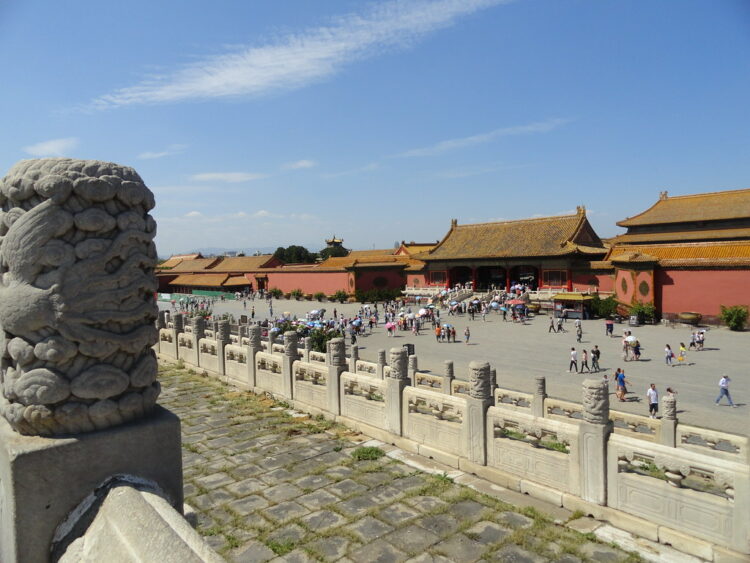
Beijing has faced unusually dry weather in recent years. Between October 2017 and February 2018, the city didn’t get any rain or snow at all. This 116-day drought is the longest Beijing has ever seen. The main cause is rising temperatures—which have messed up how weather patterns work. This has made it harder for summer monsoons to reach northern and inland areas, so the city’s rainfall has become way more unpredictable.
Based on a report by Earth.org)
Cairo, Egypt
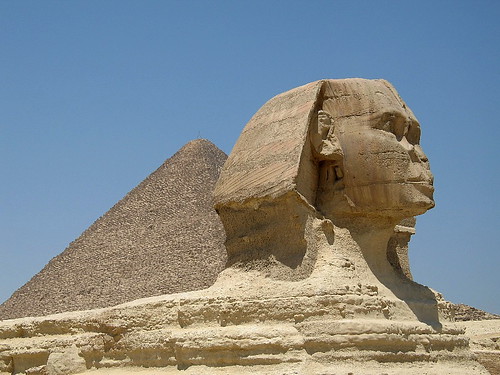
The River Nile, which was once key to Egypt’s rise as a great civilization, is now in trouble. It supplies 97% of Egypt’s water but is also getting more and more untreated waste from farms and homes. The World Health Organization says Egypt has a high rate of deaths due to water pollution compared to other lower middle-income countries. If things don’t change—the UN warns that Egypt could face severe water shortages by 2025.
(Based on a report by BBC)
Jakarta, Indonesia
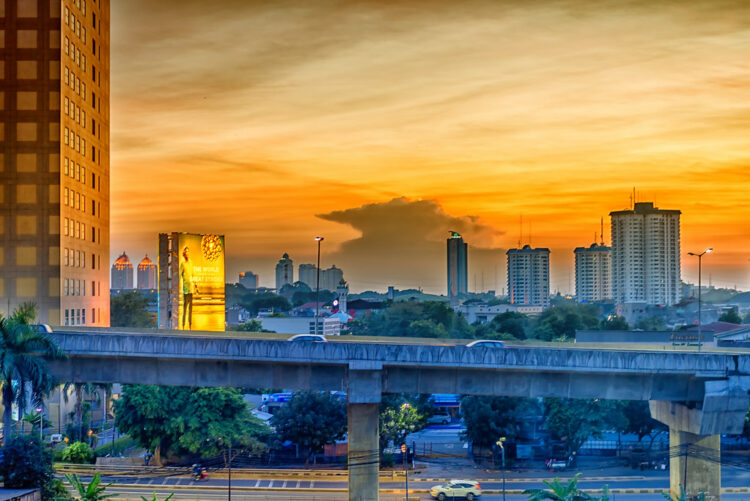
Jakarta, the capital of Indonesia, is really struggling because of climate change. The city’s poor are feeling the hardest hit, especially since the COVID-19 pandemic, which has messed with their health and finances. Without piped water, many people end up buying it from their neighbors in a practice known as ‘nyelang.’ The World Bank says Jakarta households can spend up to 25% of their monthly income just on water—which only makes their financial situation tougher.
(Based on a report by Urbanet)
Moscow, Russia
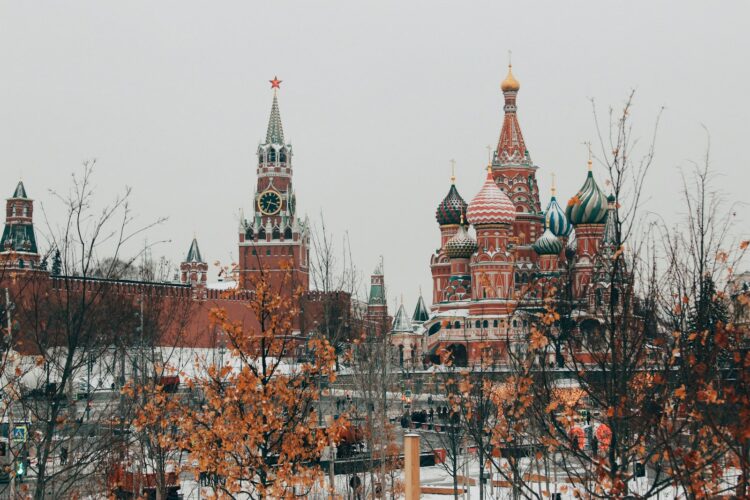
Russia has more than 2 million lakes and 200,000 rivers, giving it about a quarter of the world’s freshwater. However, despite all this water, contamination is a huge problem, especially in Moscow. Over half of the city’s water doesn’t meet safety standards. There are heavy metals like sulfur and aluminum, along with oil and other nasty pollutants, all messing up both groundwater and surface water.
(Based on a report by Arcgis Story Maps)
Mexico City, Mexico
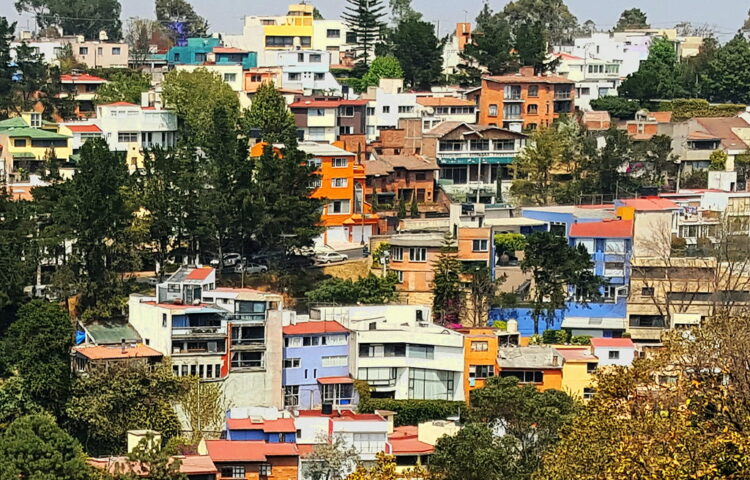
Mexico City, with its massive population of nearly 22 million, is in the middle of a major water crisis. The problems are a mix of bad geography, chaotic city planning, and leaky pipes, all made worse by climate change. With years of really lowrainfall, longer dry spells, and rising temperatures—the city’s water system is under even more strain, trying to keep up with the growing demand.
(Based on a report by CNN)
Istanbul, Turkey
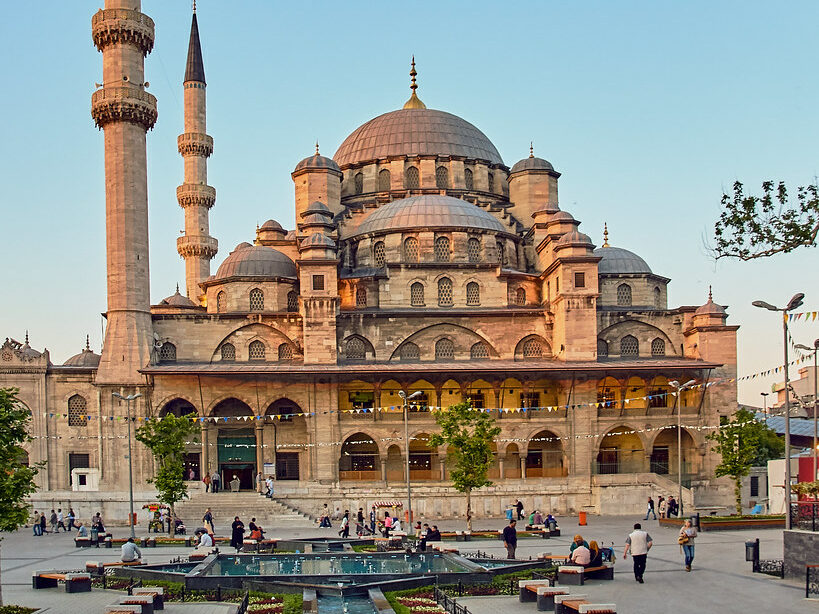
Istanbul is going through one of its worst droughts in recent years. With less rain and hotter temperatures, some of the city’s dams have completely dried up. The Büyükçekmece Dam has been hit the hardest, dropping from 46.64% to just 3.97% of its water capacity—its lowest point in 11 years. Places that used to be full of water now show cracked ground—clearly indicating how severe the drought has been.
(Based on a report by HurriyetDailyNews)
London, United Kingdom
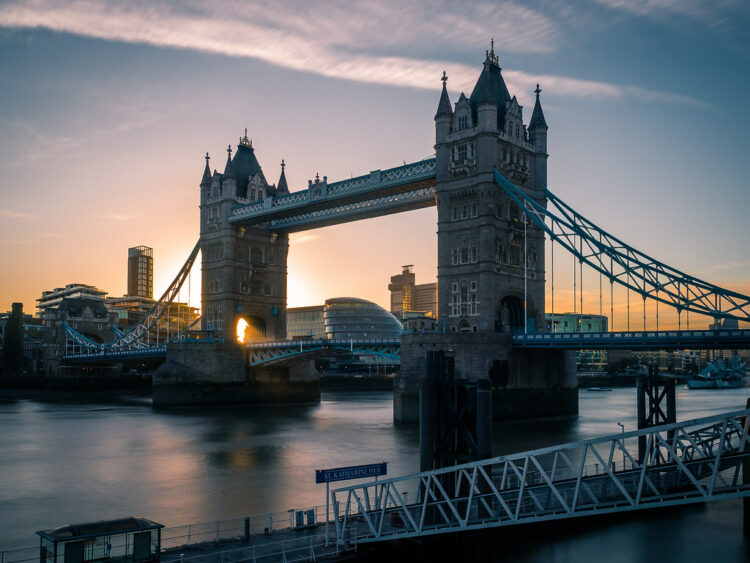
London’s growing population and old pipes, plus a climate that’s getting more extreme, are stressing the city’s water supply. Remember the Beast from the East in 2018? The freezing temperatures caused pipes to freeze, thaw, and burst, leading to flooding and water outages. Nowadays, London’s dealing with drier summers and sudden heatwaves, so people can’t just rely on rain to keep water levels up.
(Based on a report by London.gov.uk)
Tokyo, Japan
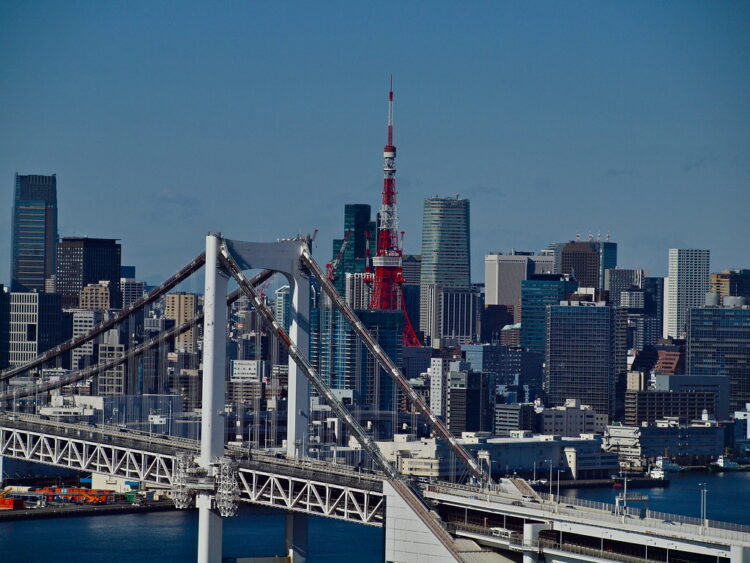
Some parts of Japan, including the Tokyo area, are at risk of water shortages because of limited rainfall and intense heat.Even though two big storms hit Japan recently, rainfall in many regions has been below normal for the past few years. Water levels at nine dams in northern Kanto—which supply the Tokyo area have dropped a lot. Tokyo Governor Koike Yuriko has warned that the situation could get worse depending on future weather.
(Based on a report by NHK World)
Miami, Florida
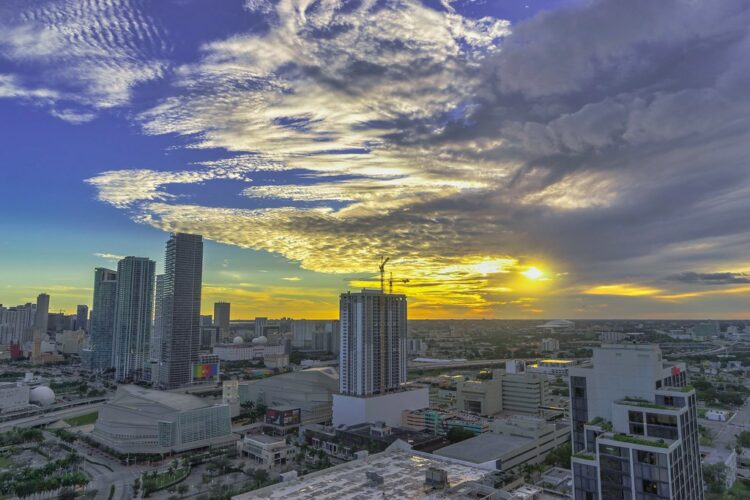
Miami might seem like it’s got plenty of water, but most of it is salty ocean water. The city actually gets its drinking water from underground water sources called aquifers. About 90% of Miami’s drinking water comes from the Biscayne Aquifer. The problem isn’t that people are using too much water—it’s more about pollution. The Biscayne Aquifer is pretty shallow and made of porous limestone, which makes it easy for saltwater to sneak in as sea levels keep rising.
Based a report by one-handed economist)
Melbourne, Australia

Melbourne went through the Millennium Drought, the worst drought in Australia’s history, from 1997 to 2009. While the city has recovered since then, ecologists say the water supply is still at risk. Deforestation is causing the forests in Victoria’s central highlands to fall apart, according to The Guardian. Since most of Melbourne’s water comes from catchments in these forests, losing them could seriously cut down the city’s water supply.
(Based on a report by USNews)
Limassol, Cyprus
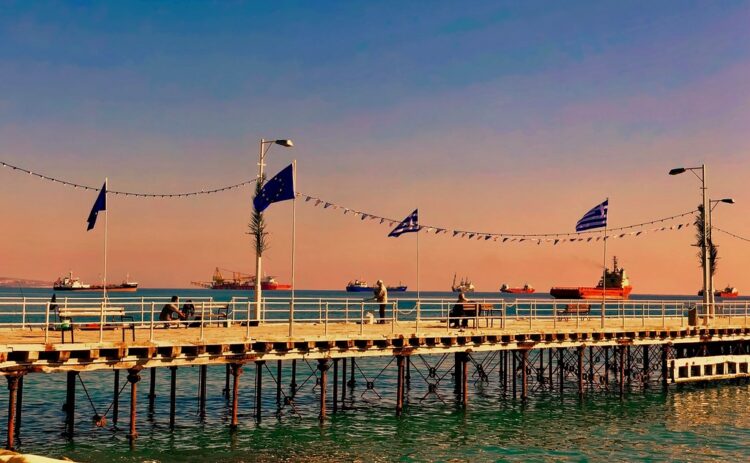
Cyprus is facing a drought that’s drying up its dams and reservoirs this year. The World Resources Institute says Cyprus has one of the highest levels of severe water stress in Europe, along with parts of Greece, Italy, Albania, Serbia, and Spain. Water levels in the island’s dams and reservoirs have fallen sharply this year and keep dropping—now at only 43% of capacity compared to 66.3% last year.
(Based on a report by CyprusMail)
Muscat, Oman
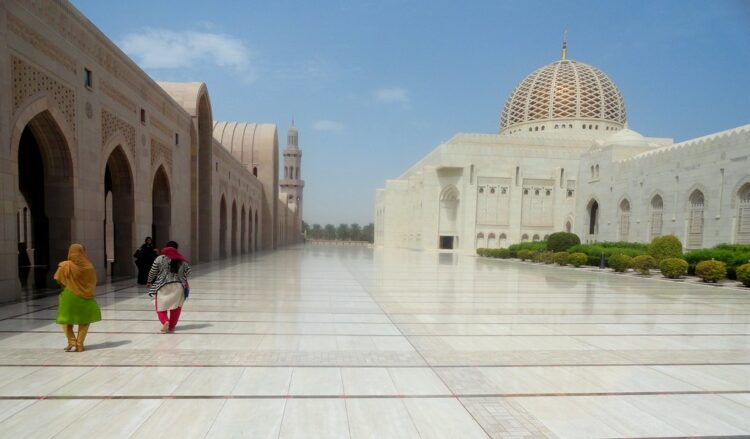
In Oman, all the accessible water resources are maxed out. Alternatives like desalination and wastewater reuse are still pricey and can’t produce enough water. Because of this, people are overusing groundwater to meet the growing demand. Since the 1970s, this has caused a yearly water shortage—lowering the water table and letting saltwater creep into coastal aquifers. This has led to serious, and sometimes permanent, damage to the groundwater and the environment.
(Based on a report by Dukespace)

